News
Scubaverse Underwater Photographer Interview: Joe Daniels
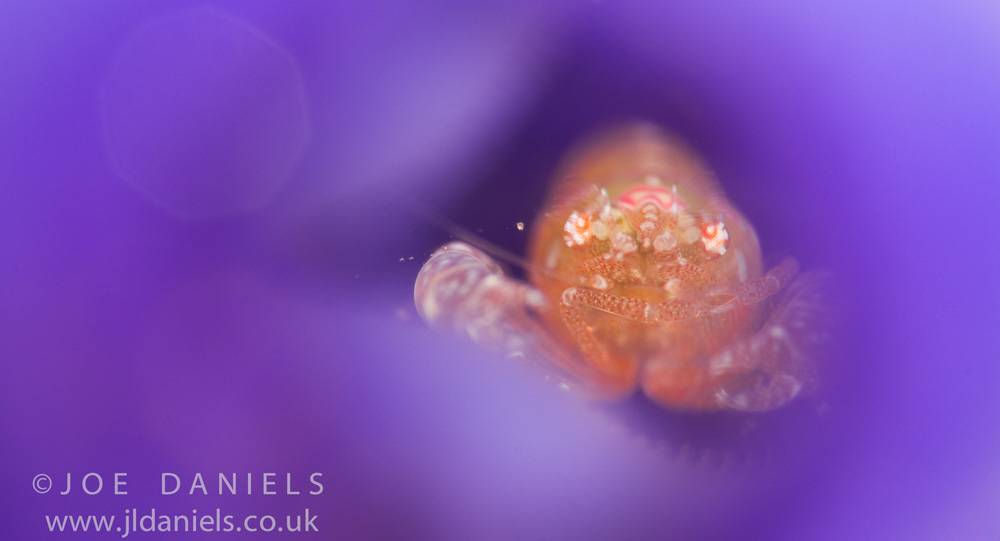
In an ongoing series, Scubaverse.com’s Underwater Photography Editors Nick and Caroline Robertson-Brown talk to underwater photographers from around the world that they admire.
This interview is with award-winning photographer Joe Daniels.
 Thank you for asking me to participate in this interview! Originally I am from Suffolk, England and I am now based in South West France. For the past ten years I have been fortunate enough to work on various different marine conservation projects and diving operations around the world. Through diving and spending a lot of time underwater I developed a passion for underwater photography. Now I can’t bear to be in the water without a camera, whether it’s a murky pond or bustling coral reef.
Thank you for asking me to participate in this interview! Originally I am from Suffolk, England and I am now based in South West France. For the past ten years I have been fortunate enough to work on various different marine conservation projects and diving operations around the world. Through diving and spending a lot of time underwater I developed a passion for underwater photography. Now I can’t bear to be in the water without a camera, whether it’s a murky pond or bustling coral reef.
My highest achieving image so far would probably be my Tunicate Shrimp which earnt gold in the Traditional Macro category in the Our World Underwater competition. I have also placed in Outdoor Photographer of the year twice, HIPA Life in Colour and World Oceans Day photo competition. A Whale Shark image of mine was used in BEIJING by Humane Society International and the Jane Goodall Institute. The exhibit, entitled “The Price Behind the Taste—Protect Sharks, Don’t Eat Shark Fins,” was to enlist public support for the protection of sharks. I was very proud to be included in this campaign.
So far in my career I have spent the majority of my time across two locations – The muck diving mecca of Ambon in eastern Indonesia and the idyllic Indian Ocean archipelago of Seychelles. The two locations could not be more different photographically which I think helps diversify my portfolio. I have also been to Raja Ampat twice in the past three years, the marine life there is astounding and is very hard to beat.
N/C: How did your underwater photography start?
JD: As soon as I left college I went and volunteered on a Marine Conservation Project in Seychelles. There I was involved in reef monitoring where we did 2 survey dives per day from Monday to Friday. This wasn’t enough in water time for me so I spent all my spare time and weekends snorkelling. One weekend I borrowed a small clear dry bag for my pentax point and shoot camera. After going out snorkelling with the camera and taking some terrible pictures of Turtles and various corals I was hooked.
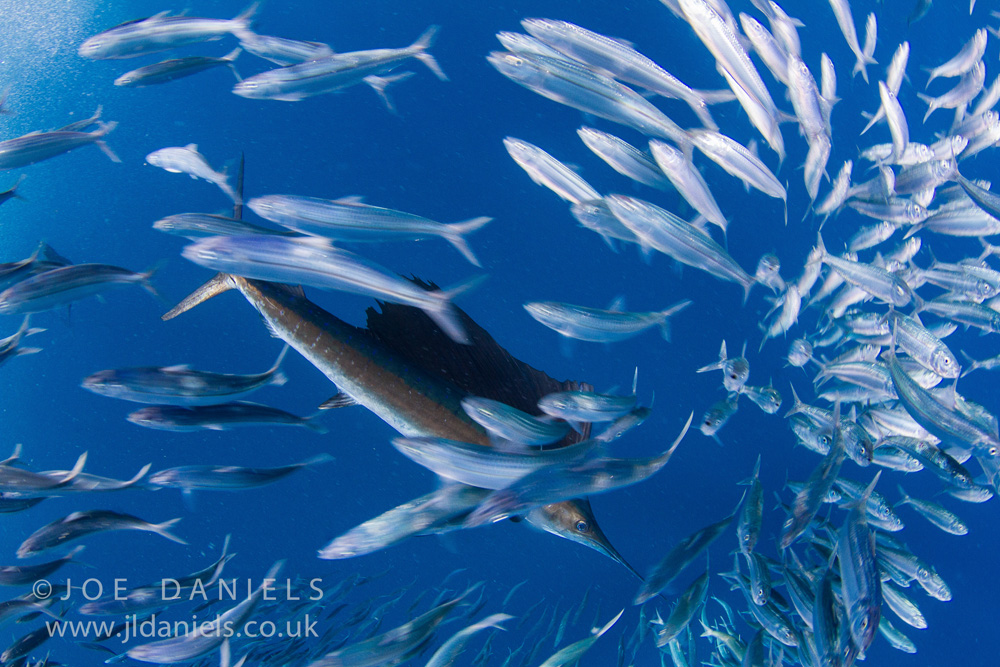
N/C: What is your favourite u/w camera equipment (past & present) & why?
JD: I love to shoot cfwa images so my Nauticam mini dome and Tokina 10-17mm fisheye is a favourite set up of mine. I have also recently acquired a Trioplan 100mm f2.8 so I am looking forward to shooting and experimenting with that later this year.
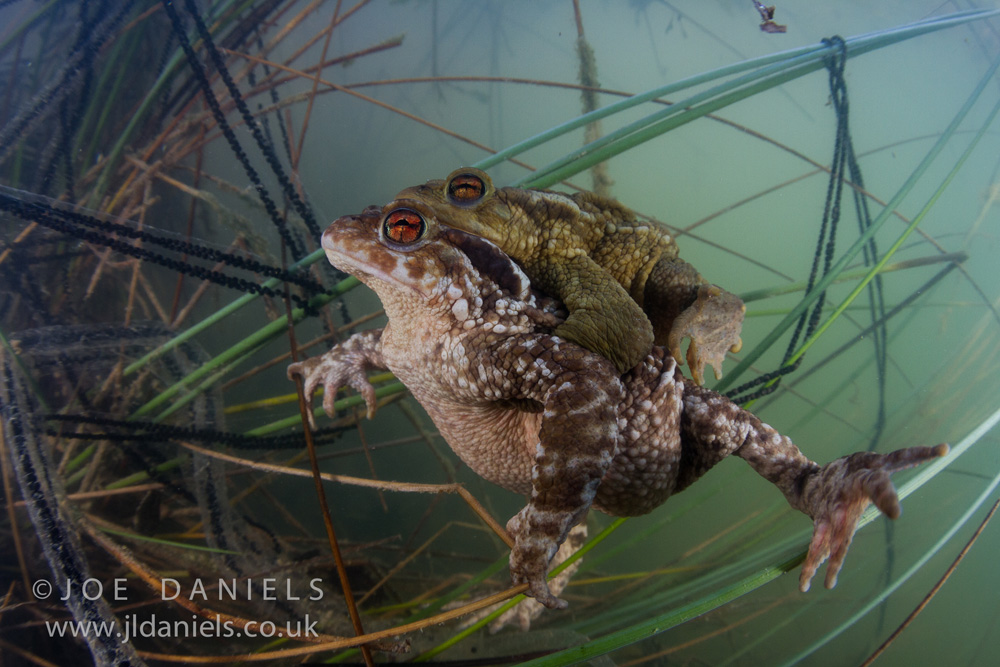
N/C: What would be your advice to anyone new to underwater photography?
JD: Not to get obsessed buying the latest and greatest camera setup. Of course buy the best you can afford, but it’s not everything. Focus on subject selection, composition and light. It also makes a huge difference if you are a comfortable and competent underwater.
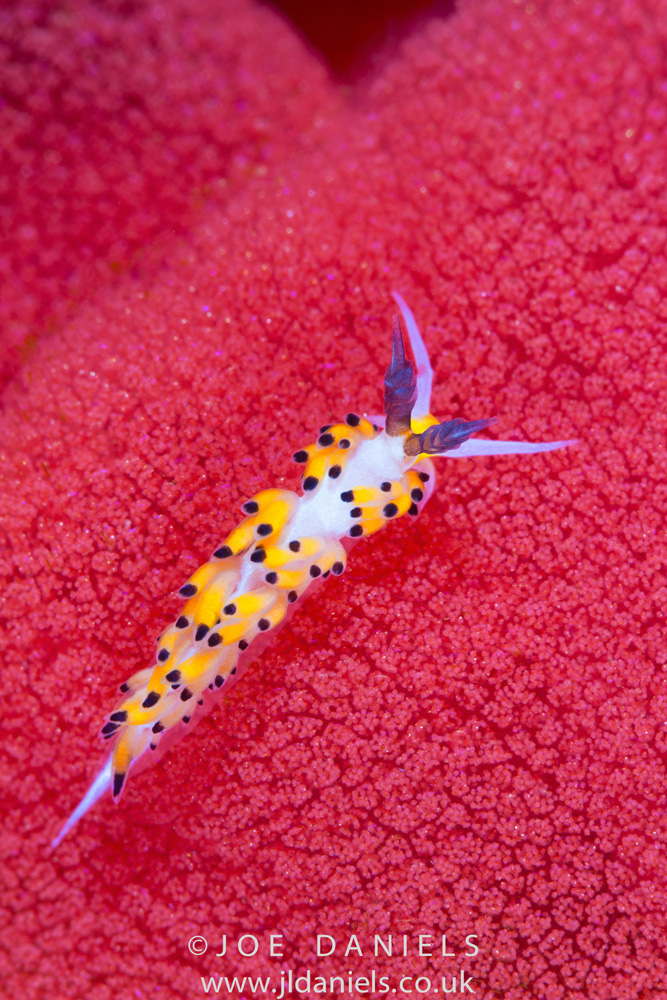
N/C: What, or who, has been your single biggest inspiration for your underwater photography?
JD: When I first started taking pictures underwater I loved to show people what I had seen whilst I was underwater, I still do. Now I like to show people things that they may have never seen before, or animals they know of but shown in a different way. I just want to share my enthusiasm for the underwater world and hopefully get others excited about it too. There are many photographers that inspire my work, notably Thomas Peschak his images continually amaze me. Alex Mustard’s images are a technical masterclass and are always a joy to behold. Eduardo Acevedo Fernandez, Laurent Ballesta and David Doubilet all produce jaw dropping images and all have large influences on my work.
N/C: Where is your favourite dive location, and is it for the photography?
JD: This is a tough question. I have favourite locations for differing reasons, and there are many places I have not had the chance to get to yet. For macro it has to be Ambon. The abundance of subjects there is endless. The thing I like most about diving in Ambon is that it’s not just macro. There are incredible jetty’s, caves, reefs and even a wreck. So photographically its fantastic. For wide angle I would have to say Misool in Raja Ampat. The health and diversity of the reef systems there are world class. It is also a massive conservation success story being protect by a patrolled no take zone which is twice the size of Singapore. The Yucatan Peninsular, Mexico also has some spectacular photographic opportunities with its Cenotes, Sailfish and Sharks. Finally Seychelles will always be a special place for me where I’ve had many special encounters.

N/C: What are you views on marine life manipulation, moving subjects?
JD: With regards to moving subjects especially in macro photography I am against it. Picking animals up and moving them just for a photo is not acceptable. I would be a hypocrite if I was to say that I didn’t have images where the animal had been coaxed a little to get a better image. I think there would be very few photographers that have never coaxed a critter to a different position for a better image, if they are honest. I think with the rise of social media it has got out of hand as macro photography is very competitive now, photographers are so focused on getting as many likes as possible their ethics go out of the window a bit. On the other hand I have been on dives with photographers that are very anti manipulation and will not tolerate it at all, but will then take hundreds of pictures of one subject then swim straight over the subject wiping it out in one fin kick and not even noticing.
Every time we enter the water we make an impact, it’s what we do to reduce this impact. Don’t forget those basic diving skills you learnt in your open water course and be specially aware. Talk to your dive guide and ask them just to show you, instead of positioning. They are just trying to please you when they move things as it usually increases their tip. The dive operations can also have a code of conduct for photographers to abide by whilst diving to reduce their impact. Marine life manipulation is not isolated to macro photography. Tiger Beach is a good example, the sharks are lured in front of photographers cameras with bait for sunset splits or a perfect pass. I’m not saying I’m against shark diving practices, quite the opposite. If we can make them financially profitable sharks are much less likely to be killed for their fins. I suppose what I am trying to say it that it’s not a Black & White issue. We have to be responsible in our actions and have some foresight to ensure these amazing creatures continue to thrive and photographers can continue to photograph them. So the less we poke and prod them the more likely they are to stick around.
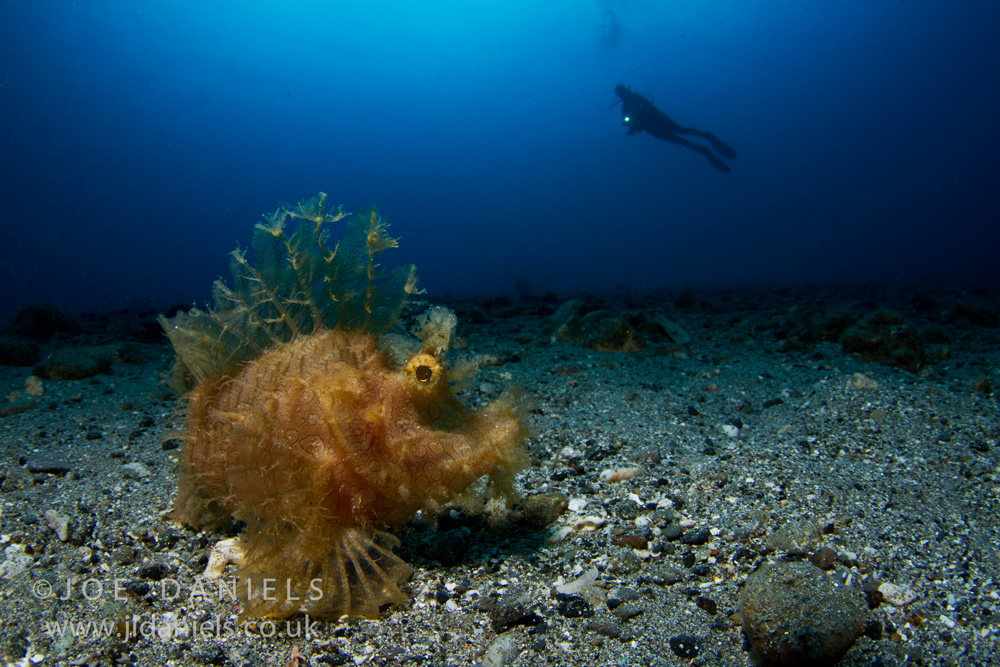
N/C: What do you look for when you are making your images?
JD: It depends on what I’m shooting and in what conditions I am shooting in. For macro I am looking for a willing subject in a good position, generally raised up off the substrate if I want a black background. What I really like to shoot is a subject with an attractive background. If there is current or surge I will try and stay away from super macro and shallow DOF. For wide angle I am always looking for the best light, I can’t resist a Indonesian jetty with shafts of light streaming through the wooden slats. When the light is good I’m looking for a subject to fill the foreground and complete the image. I also love to incorporate the surface into my images, whether it’s a split image or incorporating Snell’s window. These are usually the images that stand out to people that are not divers or spend much time underwater. I think it gives the viewer something to relate to. No matter what technique I’m using I always shoot to the conditions. Whether that means streamlining my gear to catch up with speeding Sailfish or simplifying my images when there is current. When the conditions change so does my plan for making images, this is not necessarily a bad thing. Varying conditions may diversify your portfolio. One of my favourite images is a Turtle silhouette, instead of the classic sunbeams behind it (which I was initially after) it poured with rain so it has rain drops hitting the surface filling the rest of the frame. Shooting in those conditions created an image that stands out from the rest.
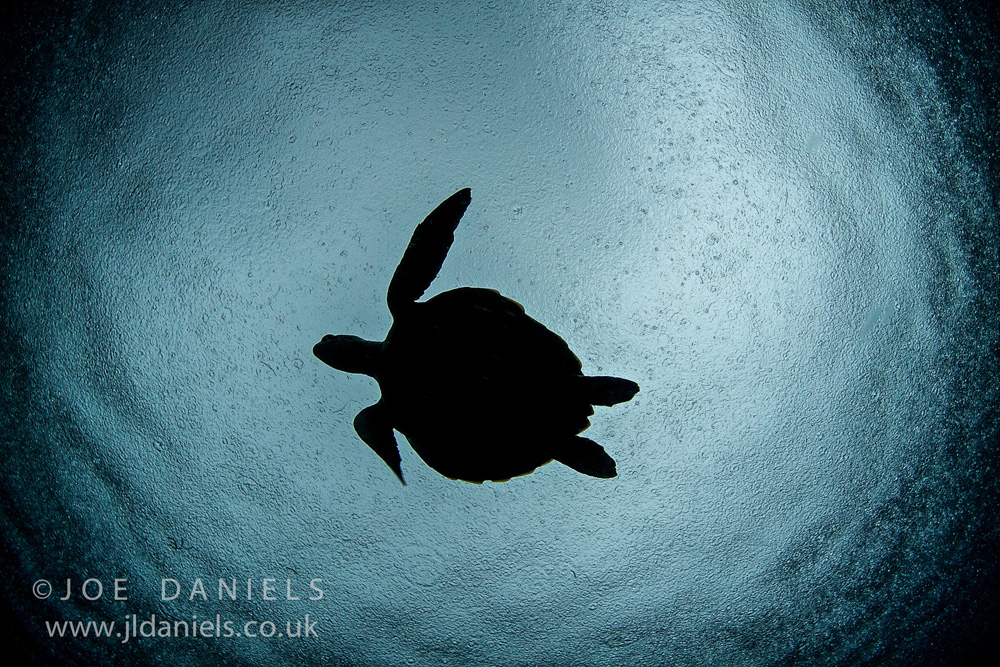
N/C: What motivates you to take u/w photos?
JD: Simply because I love it! I love the whole process of making pictures from deciding what set up to use, setting everything up and being underwater searching for a subject. I love that I can use my images to promote marine conservation issues and to just show to people how amazing the underwater world is. I’m constantly learning and driven to take better pictures.
N/C: If you could photograph any one thing/place what or where would that be?
JD: Although I have been to Raja Ampat twice I would love to go back and visit the Blue Water Mangroves of Misool. A shallow coral reef with over hanging Mangroves and shafts of light streaming through onto Barrel Sponges and Soft corals sounds incredible, everything I like to shoot all rolled into one dive site.
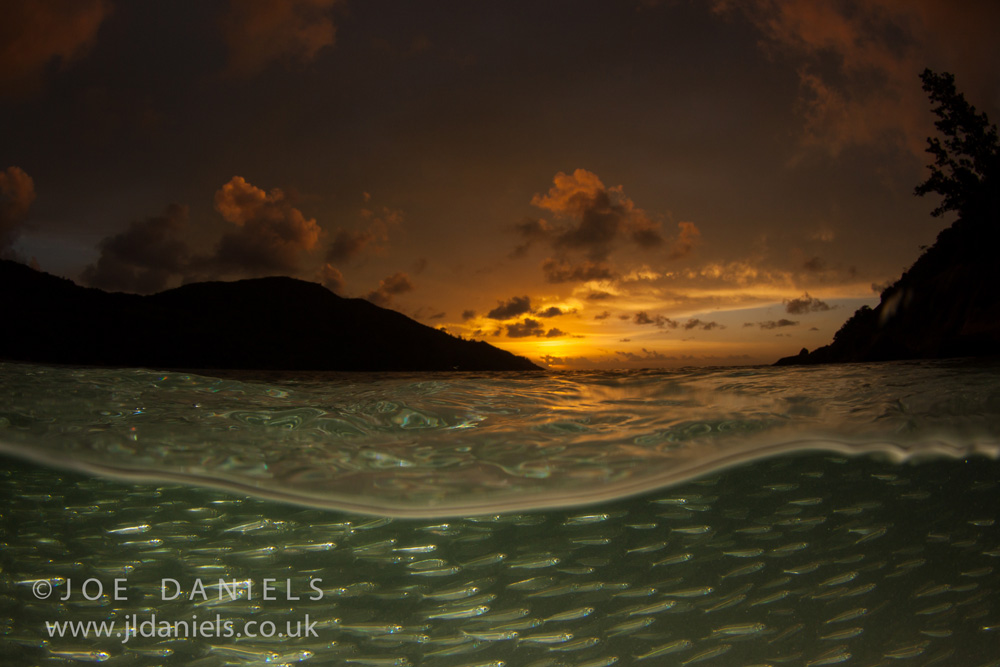
Follow the work of Joe Daniels at www.jldaniels.co.uk or on his Facebook page and instagram @j_l_daniels
News
Book Review: Fire on Monroe Bravo by Fred Lockwood

Fire on Monroe Bravo is the latest book in the Jack Collier series by Fred Lockwood. Our story begins with our lead characters, Jack and Sandro, owners of Marine Salvage & Investigation Company, arriving on the Monroe Bravo Oil & Gas Platform in the North Sea. Having secured a contract for their vessel the MV Stavanger to act as support ship to the platform for TransGlobal Oil, our protagonists are on a celebratory visit.
However almost as soon as they arrive a series of explosions rock the platform, causing huge damage, loss of life and the very real danger of a massive human, ecological and financial disaster.

As the danger mounts for both our heroes and the surviving workers, Jack and Sandro will have to escape the inferno, all while trying to save the platform and the men still trapped unable to help themselves.
The disaster sets the scene for the unfolding story lines following the fate of the platform and our main characters, the police investigation into a suspected terrorist act and the actions of TransGlobal Oil as they attempt to navigate the pubic outcry and financial repercussions.
In his eighth book, Fire on Monroe Bravo, Fred Lockwood delivers an explosive thriller, with plenty of above and in-water drama, and our heroes fighting for survival, what more can you ask for?
We thoroughly recommend this read and look forward to the next in the series. For more information about his book series, you can check out the reviews of his previous books here on Scubaverse.
- Title: Fire On Monroe Bravo
- Author: Fred Lockwood
- ISBN: 979-8325324536
Available in a paperback version and for Kindle from Amazon and book stores.
Blogs
Alonissos: The complete diving destination (Part 1)

In June we were incredibly fortunate to be invited to dive in Alonissos, a small Greek Island in the Sporades island chain located in the North Aegean Sea. While I have long been a big fan of the Greek Islands as a great holiday destination, I had not had the opportunity to do any diving on previous visits and Mike and I were extremely excited to see what Alonissos had to offer both above and below the surface!

The Sporades are easily accessible via the airport in Skiathos (the first island in the chain), which is served by Jet2 flights from all major UK airports from May through October. Numerous ferries and charter boats make island hopping from Skiathos Town a breeze. After an hour boat ride, the picturesque port of Patitiri was a wonderful introduction to Alonissos, where we were met by our gracious hosts Kostas of Albedo Travel and Dias of Alonissos Triton Dive Center. Mike and I were delighted to be staying at the Paradise Hotel, aptly named for its stunning views over the sea and great location for walking to the waterfront.

Alonissos is beautifully situated in the National Marine Park of Alonissos and the Northern Sporades, the largest marine protected area in Europe. The surrounding seas offer fabulous marine life, including incredibly rare species such as the Mediterranean monk seal. They boast deep walls covered in gorgonians and sponges, stunning topography with caverns, swimthroughs and pinnacles, and the first accessible ancient shipwreck from 500BC!

In locations where historical sites have been reported, the waters are largely restricted, but with collaboration between government, underwater archeologists and dive centres, incredible underwater museums are being created for a truly unique diving experience. Alonissos is home to the first of these, the Ancient Shipwreck of Peristera Accessible Underwater Archeological Site. The chance to dive into history (along with reports of healthy reef life and amazing underwater topography) meant Mike and I were keen to get in the water.

Our introduction to the diving around Alonissos was at the Agios Georgios Pinnacles, in the channel between Alonissos and Skopelos. This fantastic site was named “The Chimney,’ and proved to have a huge amount to see. We got to a decent depth here (over 25m), and marvelled at a colourful reef wall with a wonderful swim through whose rocky walls were absolutely covered with life. As well as brilliant topography there was no shortage of macro life here. We saw numerous nudibranchs, five different species in total. The second dive at Mourtias reef nearby was a shallower dive along a nice wall with lots of crevices. Several moray eels and grouper called this site home. We enjoyed looking in the crevices for lobster and smaller benthic life, such as cup corals and tunicates.

Our itinerary allowed us two dives a day with afternoons left to explore the island with our hire car and evenings to enjoy the famous Greek hospitality. This proved to be a lovely mix of in-water and land based diversions.

The next days diving to the Gorgonian Gardens and Triton’s Cave was to be even better! These two stunning sites are nothing short of fabulous. The Gorgonian Gardens was a deep wall near to the Agios Georgios islands. The ever-present currents in this deep channel meant that the sea life was amazing … the namesake Gorgonian sea fans dotted the wall at a depth of 30 to 50 meters, getting ever larger the deeper we went. Above 30m was by no means less beautiful, with sponges, corals, scorpionfish, moray eels and some rare and colourful nudibranchs.

The second shallower dive of the day was to Triton’s Cave or the Cavern of Skopelos, on the east side of that island. The spectacular rock formations had wild striations both above and below the water making a truly epic topography. The cavern entrance was at 14m, and big enough for a buddy pair, winding up to 6m and passing two beautiful windows out into the blue. Emerging from the cavern, the light at the shallower depths and the incredible rock formations made for a fantastic gentle swimming safety stop and we all surfaced by the boat with massive grins.

Check out our next blog :Alonissos: The complete diving destination (Part 2)” to hear about our amazing dive on the 2500 year old Peristera Wreck!
Thanks to:
Alonissos Triton Dive Center https://bestdivingingreece.com/
Albedo Travel https://alonissosholidays.com/activities/
Paradise Hotel https://paradise-hotel.gr/
Alonissos Municipality https://alonissos.gr/en/
-

 Blogs2 months ago
Blogs2 months agoDiving With… Nico, Ocean Earth Travels, Indonesia
-

 News1 month ago
News1 month agoMurex Bangka Announce New Oceanfront Cottages & Beachfront Dining
-

 Blogs2 months ago
Blogs2 months agoA new idea in freediving from RAID
-

 Marine Life & Conservation1 month ago
Marine Life & Conservation1 month agoIceland issue millionaire whale hunter a licence to murder 128 vulnerable fin whales
-

 Marine Life & Conservation2 months ago
Marine Life & Conservation2 months agoThe Shark Trust Great Shark Snapshot is back
-

 News3 months ago
News3 months agoCharting New Waters; NovoScuba Goes Global with the Launch of their Revolutionary Dive Training Agency!
-

 Gear News1 month ago
Gear News1 month agoNew Suunto Ocean – a dive computer and GPS sports watch in one for adventures below and above the surface
-

 Marine Life & Conservation Blogs2 months ago
Marine Life & Conservation Blogs2 months agoBook Review: Plankton













